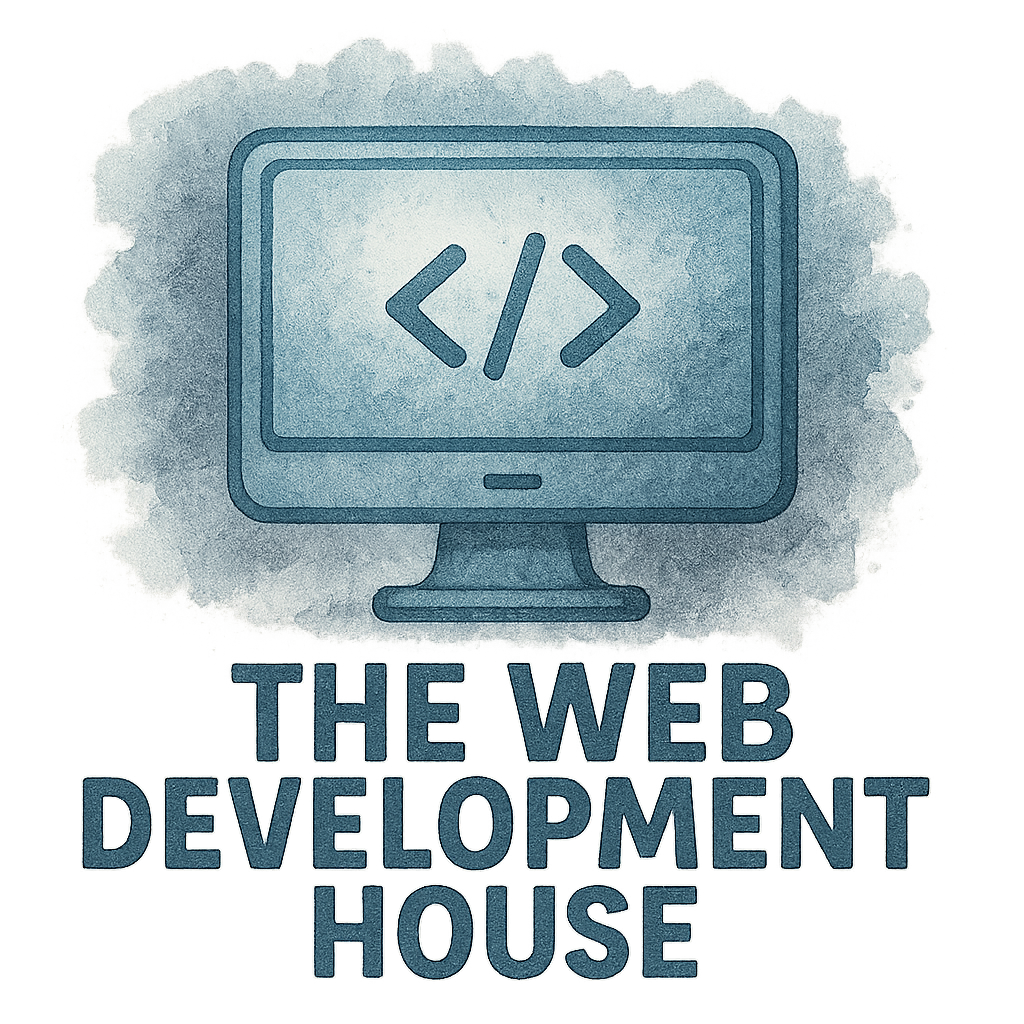Introduction: The Unsung Hero of Every Dev House
Behind every successful development house is a brilliant team of developers, designers, and—often overlooked—a rockstar project manager. While developers write the code and designers create the visuals, it’s the project manager who ensures everything runs smoothly. Without them, even the most talented team can struggle to meet deadlines, maintain quality, and keep clients happy. In this article, we’ll uncover 9 powerful ways a project manager elevates a development house.
1. Bridging the Gap Between Clients and Developers
Translating Client Needs into Actionable Tasks
Clients don’t speak developer. They speak in dreams, business needs, and vague ideas. It’s the project manager who takes those big-picture goals and breaks them down into clear, actionable tasks. This translation is critical to project success.
Enhancing Communication with Stakeholders
Project managers serve as the communication hub, constantly updating stakeholders on progress, roadblocks, and changes. This ensures clients stay informed and engaged without overwhelming the development team.
For more on how we handle communication, visit Project Management at The WD House.
2. Streamlining Project Management Processes
Implementing Agile and Scrum Frameworks
By adopting frameworks like Agile and Scrum, project managers keep workflows efficient and iterative. This means regular check-ins, faster feedback loops, and better product alignment with client expectations.
Utilizing the Right Tools for Transparency
From Trello to Jira, project managers choose the right tools to give everyone visibility into timelines, tasks, and blockers—resulting in fewer surprises and better accountability.
3. Keeping the Team on Track
Setting Clear Milestones and Goals
Without a roadmap, development can veer off course. Project managers set realistic goals and break them into manageable milestones that keep the team focused and aligned.
Motivating Without Micromanaging
Nobody likes a micromanager. A good project manager motivates through trust, clear communication, and regular check-ins rather than hovering over shoulders.

4. Ensuring Timely Delivery Without Sacrificing Quality
Managing Time, Budget, and Scope (The Triple Constraint)
The triple constraint—time, cost, and scope—is a balancing act. Project managers juggle these priorities like pros, ensuring that timelines don’t come at the expense of quality or budget.
Prioritizing Features That Add Real Value
Not all features are created equal. Project managers help prioritize the work that brings the most value to users and stakeholders, avoiding feature bloat and wasted effort.
Learn more about how we balance priorities on our Web Development and Mobile Development teams.
5. Fostering a Healthy Company Culture
Supporting Core Values and Team Morale
A development house isn’t just about tech—it’s about people. Project managers are often the guardians of company culture, championing core values and ensuring the team feels supported.
Want a peek into our values? Explore Company Culture at The WD House and our insights on Core Values.
Encouraging Collaboration Over Competition
Rather than pitting teammates against each other, project managers build a culture of collaboration where sharing ideas and helping one another is the norm.
6. Elevating UI/UX Design Through Better Coordination
Facilitating Synergy Between Designers and Developers
UI/UX can make or break a product. Project managers create the bridge between design and development, ensuring that what’s designed can be built—and what’s built matches the vision.
Aligning Design Goals with Product Vision
By keeping a tight grip on the product vision, project managers ensure UI/UX designs align with what the client and users actually want.
Check out our UI/UX Design process and insights on Design and UI/UX.
7. Minimizing Risks and Managing Uncertainties
Identifying Red Flags Early
Things can (and will) go wrong. Great project managers have an eye for risk, spotting issues early so they can be addressed before they derail progress.
Implementing Contingency Plans
When Plan A doesn’t work, a smart project manager already has a Plan B (and maybe even a C). These contingency plans help teams adapt quickly and keep momentum.
8. Driving Innovation and Best Practices
Encouraging Experimentation and Learning
A development house should never stagnate. Project managers encourage learning, trying new tools, and pushing boundaries—so the team constantly evolves.
Building a Culture of Continuous Improvement
Through regular retrospectives and feedback loops, project managers create an environment where mistakes are lessons and processes improve over time.
Stay current with our approach to Best Practices and Development House Insights.
9. Amplifying Productivity Across Teams
Reducing Bottlenecks and Downtime
Project managers identify bottlenecks and resolve them quickly, so developers can focus on what they do best—writing code.
Promoting Smart Work, Not Just Hard Work
Working harder isn’t always better. Project managers introduce tools and methods that let teams work smarter, like automating tasks or restructuring inefficient workflows.
For productivity-focused tips, see our articles on Productivity and Project Management.
Conclusion: Project Managers Are the Secret Sauce
At the heart of every thriving development house is a project manager quietly steering the ship. They keep the vision clear, the team motivated, and the deliverables on point. Without them, chaos could easily reign. With them, magic happens.
FAQs
What is the role of a project manager in a development house? A project manager oversees planning, execution, communication, and delivery of development projects, ensuring alignment with client goals.
How does project management improve productivity in software teams? It reduces downtime, streamlines workflows, and maintains focus through structured goals and consistent communication.
Can a project manager influence UI/UX outcomes? Absolutely. They coordinate between design and development to ensure the final product meets both user needs and technical feasibility.
Why is communication key in project management? Because misunderstandings waste time and money. Clear communication keeps everyone aligned and reduces friction.
What tools help project managers track progress? Jira, Trello, Asana, and Monday.com are common tools. These platforms offer transparency and accountability.
How do project managers support company culture? They reinforce core values, promote team cohesion, and foster a positive, collaborative environment.
What qualities make a great project manager? Strong communication, empathy, organization, foresight, and adaptability are essential traits of a great PM.
For more insights on our team’s approach, visit The WD House and explore our work in Web Development, Mobile App, and Services.

